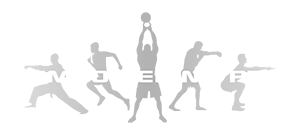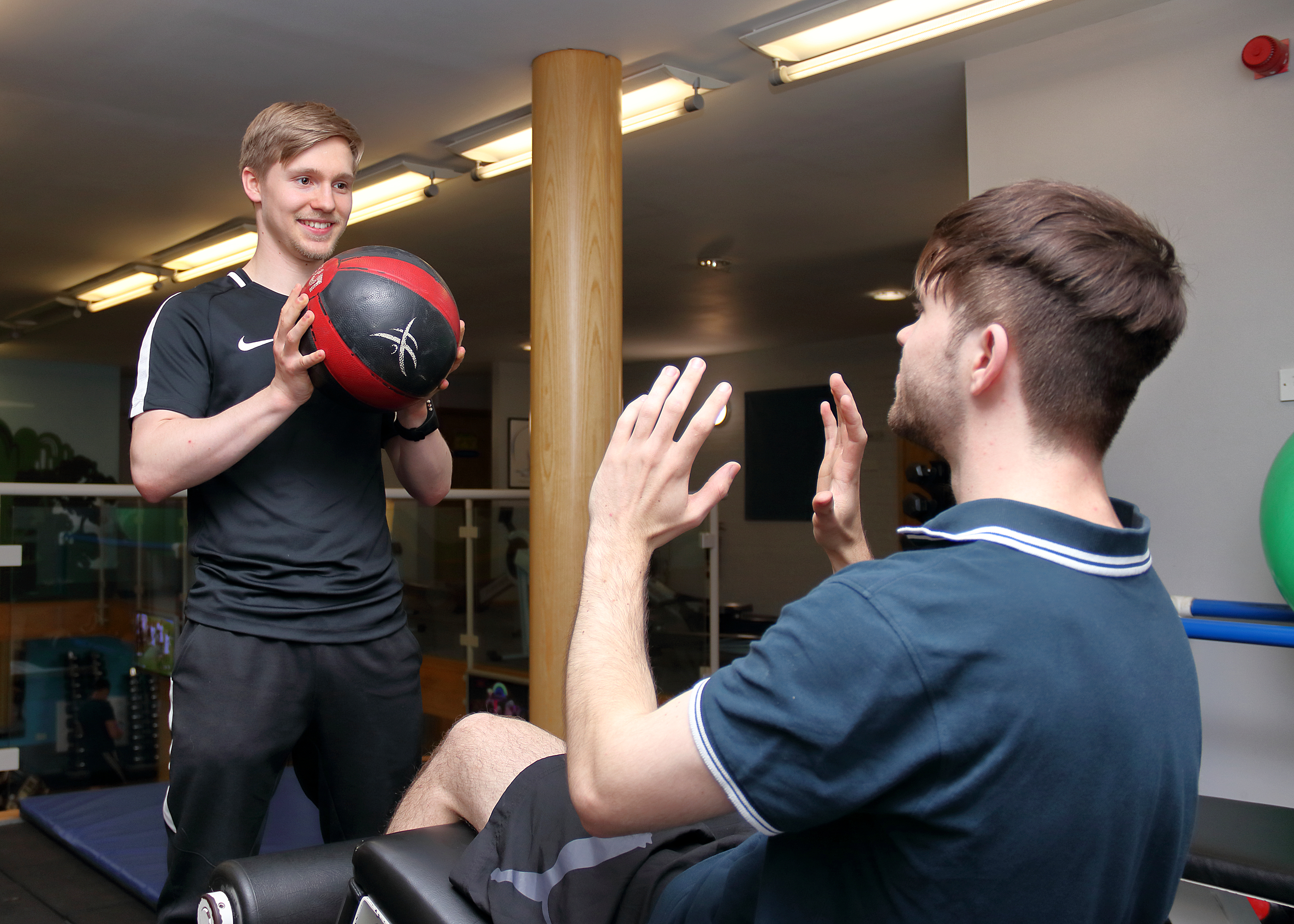The Beginners Beginning – Moving Forward
Sooner or later you are going to find that you no longer feel like a beginner; that you are well accustomed to the gym environment, you know how to use the equipment, and are seeing the results you wanted.
What now though?
It is easy to wonder what is next, after all, you have just learnt a lot of information, and surely there could not be too much more to go?
Unfortunately, there is.
Along the way you would have most likely rushed through the weights and let your technique falter, maintained/developed muscle imbalances, or you might have even fancied using a different method of training that you did not know how to appropriately place in your programme.
Everyone is guilty of doing something wrong, or not being perfectly coordinated, but that is why we have Personal Trainers to iron out the creases.
Now, a PT is not always necessary, but I guarantee those with one will benefit more than they realise. Otherwise, gym classes or getting a new programme can be a great way to learn new exercises, or find new ways to train your body.
So, what is there to learn?
Well, have you considered:
- Isometrics
- Plyometrics
- Ballistic Training
- Maximal Strength
- Contrast Training
- Metabolic Stress
- Supersets (including tri and giant sets, as well as pre/post exhaust and antagonistic sets)
- Pyramids (including rising and drop sets)
- 21’s
- Negatives / Eccentric Training
- Metabolic Resistance Training
- H.I.I.T’s
Failing that, what about the hundreds of exercise that you don’t even know about yet?
Replace the ones that you don’t like with ones you do, or use new exercises that you find are more effective.
There’s always single limb training. This is really good for sorting out or finding any imbalances between sides.
As you can see, there is plenty more to learn, all of which can be applied to develop your training to make it more effective for you now that your fitness has improved. However, the basic principles that we have discussed in the previous articles in this series will still remain the brunt of your workout. They should generally be used with these advanced techniques rather than instead of; this is especially while you are learning to use them effectively.
Developing your goals:
Despite the exciting prospects of new methods to try and new exercises to learn, you still have to consider your goals.
If you have reached your goals, then make new ones. Keep pushing yourself to achieve, and you will enjoy it far more than without. Your goals should give you a purpose, and most will still have motivation from the same reason that they started with in the first place. If you don’t, you just need to find a new reason.
One thing that is important to remember, though, is how easy it is not to train. Some people never start again. Some just want to do it for a couple of months. This is why goals are important.
I can almost promise you, that if they were to stick through the training, and not just achieve their short term goals, but their long term goals, then they would feel so much better about themselves, and it would make them want to continue.
Fitness is a positive habit to get into that helps to relieve stress, and makes you productive. You will be healthier and fitter, and you should not want to change that. Except for making more progress that is.
The purpose of exercise is to develop long term healthy habits, and change your lifestyle for the better. This means that cycling between a month of exercise and eleven months of the same old routine of sedentary life will not balance each other out. Even six months on and then off won’t. You need constant exercise to burn those extra calories and continue to remain as fit as you are. Otherwise it will all slip away again before you can start next year’s resolutions, and you will be back to square one.
We took a bit of dark turn there, but seriously, too many people start and give up in the same month when they would have most likely not begun to see the results of their hard work. Patience is key.
To summarise, the key with ongoing training is to remember the last four articles. These will continue to develop you as long as you need them, regardless of whether you use advanced training methods or not. All you need is:
- A Goal
- A Safe Structure
- Cardio
- Resistance Training
Something Missing…
Of course, there is one huge point that I have not mentioned yet. Nutrition.
Yes, the very source of your energy and the fuel for your progress.
Naturally, this is incredibly important, as without it, there would be no calories to burn, and no nutrients to convert into muscle. This is however, a very long subject, and will most likely require another series of articles, so stay tuned for that.
For now though, use common sense, most people overlook nutrition because it seems like hard work. It really isn’t. Eat your five a day, drink lots of water, and don’t eat too much saturated fat.
The simplest things are sometimes the hardest, but they make the biggest difference.
Good Luck to all of you beginners. You made it through these articles, so the hardest bit is over. Just make sure you are not beginning all over again next year.
And if you still feel like you are lacking motivation or still not sure how to exercise, you know who to call.
Watch my videos on Youtube – EmpoweringPT videos on Youtube.
Become Empowered Today! Call 0750 333 6773 or email James Edwards.

